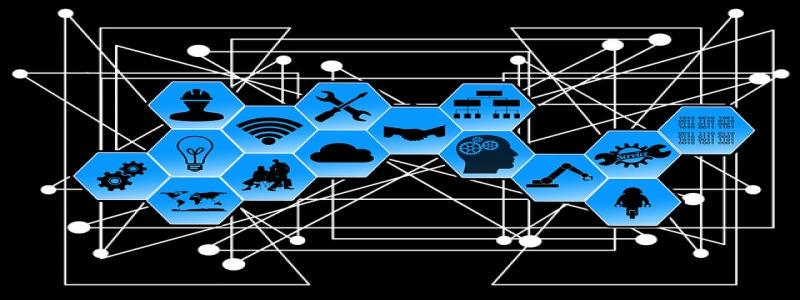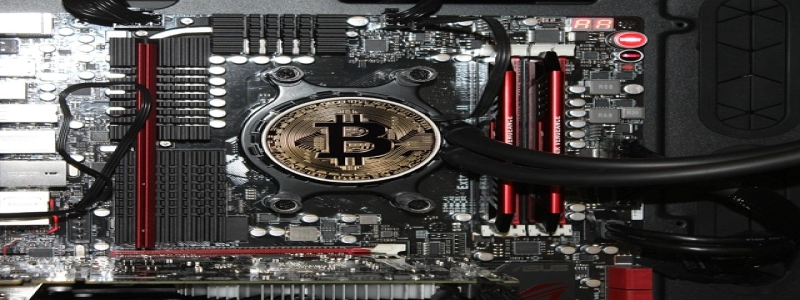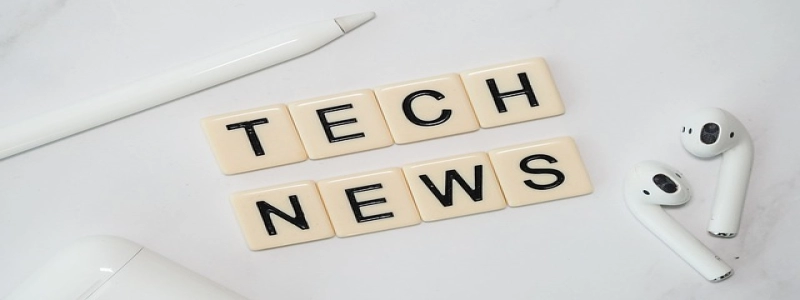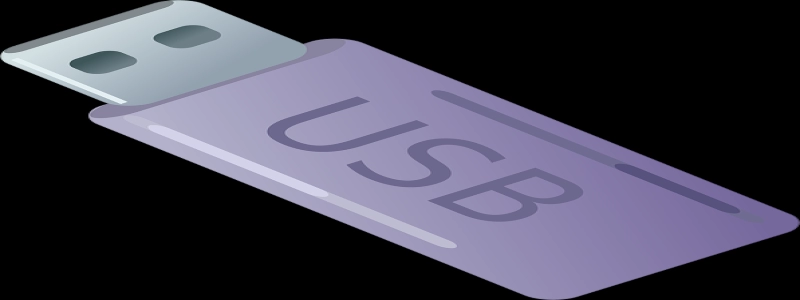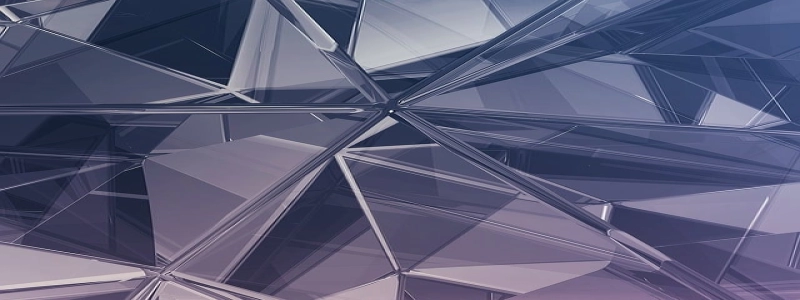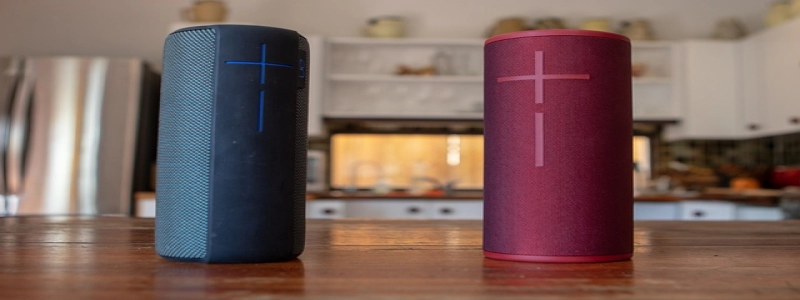HDMI Fiber Optic Cables
Introduction:
HDMI (High-Definition Multimedia Interface) fiber optic cables have gained popularity for their ability to transmit high-quality audio and video signals over long distances. In this article, we will delve into the features and benefits of using HDMI fiber optic cables.
I. What are HDMI fiber optic cables?
A. Definition: HDMI fiber optic cables are cables that use fiber optic technology to transmit audio and video signals.
B. Composition: These cables consist of multiple strands of glass or plastic fibers, which are used to transmit the signals.
C. Connector types: HDMI fiber optic cables are available with various connector types, including standard HDMI, mini HDMI, and micro HDMI connectors.
II. Features of HDMI fiber optic cables:
A. Long-distance transmission: One of the major advantages of HDMI fiber optic cables is their ability to transmit signals over long distances, often up to 100 meters or more.
B. High bandwidth: These cables have high bandwidth capabilities, allowing for the transmission of large amounts of data without loss of quality.
C. Immunity to electromagnetic interference: Fiber optic technology makes HDMI fiber optic cables immune to electromagnetic interference, ensuring a stable and uninterrupted signal transmission.
D. Lightweight and flexible: HDMI fiber optic cables are lightweight and flexible, making them easy to install and manage.
E. Support for high-resolution and 3D signals: These cables are capable of transmitting high-resolution audio and video signals, including 4K and 8K resolutions, as well as 3D content.
III. Benefits of using HDMI fiber optic cables:
A. Signal quality: HDMI fiber optic cables provide superior signal quality compared to traditional copper cables. They offer better clarity, color accuracy, and sharper images.
B. Extended reach: With their long-distance transmission capabilities, HDMI fiber optic cables eliminate the need for additional signal boosters or repeaters, making them a cost-effective solution for large-scale installations.
C. Versatility: These cables can be used in a variety of settings, including home theaters, conference rooms, stadiums, and more.
D. Future-proofing: HDMI fiber optic cables are compatible with the latest HDMI standards, ensuring they can handle future advances in audio and video technology.
E. Enhanced audio experience: These cables support high-quality audio formats, such as Dolby TrueHD and DTS-HD Master Audio, delivering an immersive audio experience.
Conclusion:
HDMI fiber optic cables offer numerous advantages over traditional copper cables, making them an ideal choice for transmitting high-quality audio and video signals over long distances. With their ability to provide superior signal quality, extended reach, and compatibility with the latest technology standards, HDMI fiber optic cables are an essential component for any high-end audiovisual setup.
